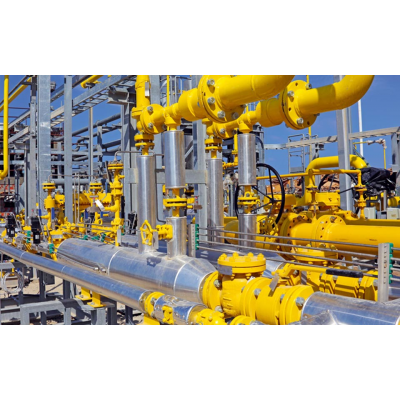Project Case
Valves in the field of new energy in Germany

I. Solar energy field:
1. Solar thermal power generation: In solar thermal power generation systems, special-designed gate valves and other valves are needed. For example, a gate valve used in solar thermal power generation has a valve cavity design with a flat top structure, increasing the height of the valve cavity at the valve body to allow the gate plate to fully open while reducing the overall center of gravity of the valve, enhancing stability and sealing performance. This valve can be used to control the flow of heat transfer media (such as molten salt) and play a key role in the operation and energy conversion of the system.
2. Solar photovoltaic irrigation: In solar photovoltaic-driven irrigation systems, solenoid valves are important components. By precisely controlling the opening degree of the solenoid valve through a control module, the irrigation water volume can be accurately regulated, achieving intelligent water-saving irrigation. And the photovoltaic power supply module provides electricity for the irrigation system, solving the energy problem for irrigation.
II. Wind energy field:
Wind turbine generator:
1. Pitch system: Valves in the pitch system are used to control the flow direction and pressure of hydraulic oil, thereby adjusting the pitch angle of the wind turbine blades, enabling the blades to adjust their angles according to wind speed changes to achieve the best wind energy capture efficiency. For example, when the wind speed is low, the pitch angle of the blades will increase to better absorb wind energy; when the wind speed is high, the pitch angle of the blades will decrease to reduce the load on the wind turbine and ensure its safe operation.
2. Braking system: Valves in the braking system are used to control the pressure of brake fluid or gas, achieving braking for wind turbine generators. When the wind turbine needs to stop or encounters an emergency, the braking valve will act quickly, causing the wind turbine to stop rotating, ensuring the safety of the equipment.
3. Gas pipelines in wind farms: In the gas pipelines of wind farms, valves are used to control the flow and pressure of gas, ensuring the stable transmission of gas. For example, in the compressed air system of wind farms, valves can adjust the pressure and flow of compressed air to provide power support for the maintenance and repair of the wind turbines.
III. Hydrogen energy field:
1. Vehicle-mounted hydrogen storage and supply systems: In vehicle-mounted hydrogen storage systems, the bottle mouth valve is one of the key components, with its functions highly concentrated, including pressure reduction and stabilization, high-reliability sealing, real-time temperature and pressure monitoring, rapid hydrogen filling, automatic and manual pressure relief, etc. Due to the high pressure inside the hydrogen storage bottle and the low pressure required for the normal operation of fuel cells, the bottle mouth valve needs to have good pressure regulation and sealing performance to ensure the safe storage and supply of hydrogen.
2. Fuel cell power systems: Fuel cell power systems require various valves to control the flow of hydrogen, oxygen and cooling liquid, etc. For example, the hydrogen intake valve is used to control the intake volume of hydrogen to ensure the normal reaction of the fuel cell; the cooling liquid control valve is used to regulate the flow of cooling liquid to maintain the working temperature of the fuel cell within a suitable range.
3. Hydrogen production, storage, transportation and filling system: In the production, storage, transportation and filling of hydrogen, a large number of valves are required. For example, in hydrogen production equipment, valves are used to control the flow and pressure of raw gas; in hydrogen storage tanks, valves are used to control the inflow and outflow of hydrogen and pressure regulation; in hydrogen filling stations, the filling valve is used to control the filling speed and quantity of hydrogen.
IV. Lithium battery field:
1. Lithium battery raw material production: In the production of lithium battery raw materials, commonly used cutting valves include soft-sealed ball valves, fluorine-lined ball valves, eccentric hemispherical valves, hard-sealed ball valves, three eccentric butterfly valves, and fluorine-lined butterfly valves. These valves are used to control the flow of various slurries, gases and liquids, ensuring the smooth progress of the production process. For example, in the phosphoric iron lithium slurry condition, the eccentric hemispherical valve can effectively solve problems such as slurry crystallization blockage and insufficient opening of the switch. 2. Safety protection for lithium batteries: During the charging and discharging process of lithium batteries, certain gases are produced. If the gas pressure becomes too high, it may lead to safety incidents such as battery explosions. Therefore, safety valves and other valves need to be used to control the pressure inside the battery. When the pressure exceeds the set value, the safety valve will automatically open and release the gas, ensuring the safety of the battery.
